A Guide to Jams
Are you wondering what the difference is between a jam, a jelly and a preserve? Read our guide to jams page and impress friends and family with your new found knowledge.


What is the difference between a preserve and a conserve or a jam and a jelly?
Jams, jellies, preserves, conserves, marmalades, fruit butters and fruit curds all contain a mix of fruit and sugar that, when cooked, will thicken.
The main distinguishing factors between these preserves are:
- The fruit used
- The size of the fruit pieces
- The addition or omission of flavourings
- The procedure used to process the fruit and sugar mix
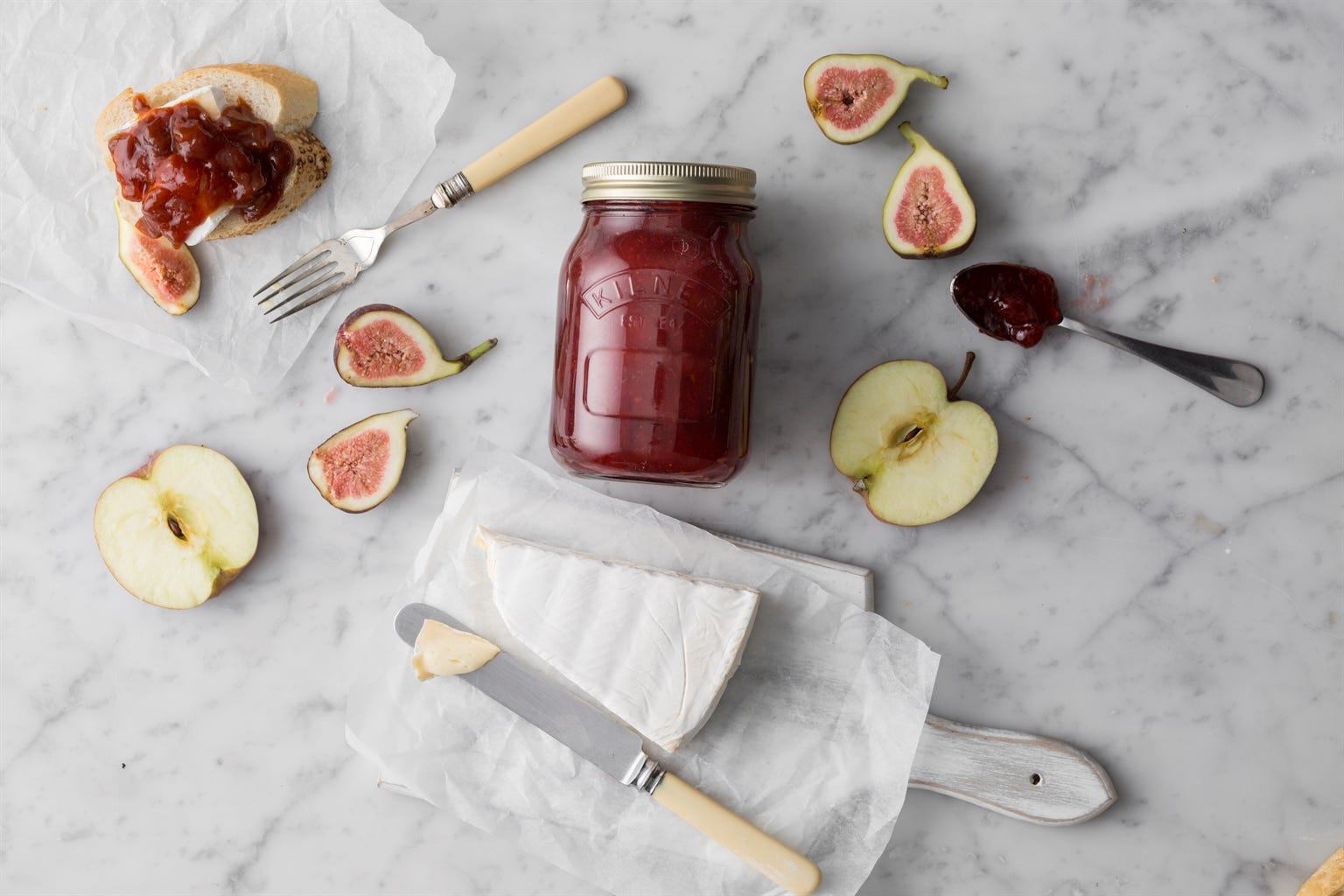

Jam
Recommended shelf life: 6 months (once opened, store in the fridge and consume within 2 weeks).
Jams are without a doubt the most familiar of all preserves. They are a cooked mix of fruit and sugar. Jams require the chosen fruit to be either finely chopped, mashed or crushed. A jam should hold up firmly but also be easily spreadable. If you prefer your jam to be less firm you could omit the sugar and cook the fruit with only fruit juices and make a ‘fruit spread’ instead.
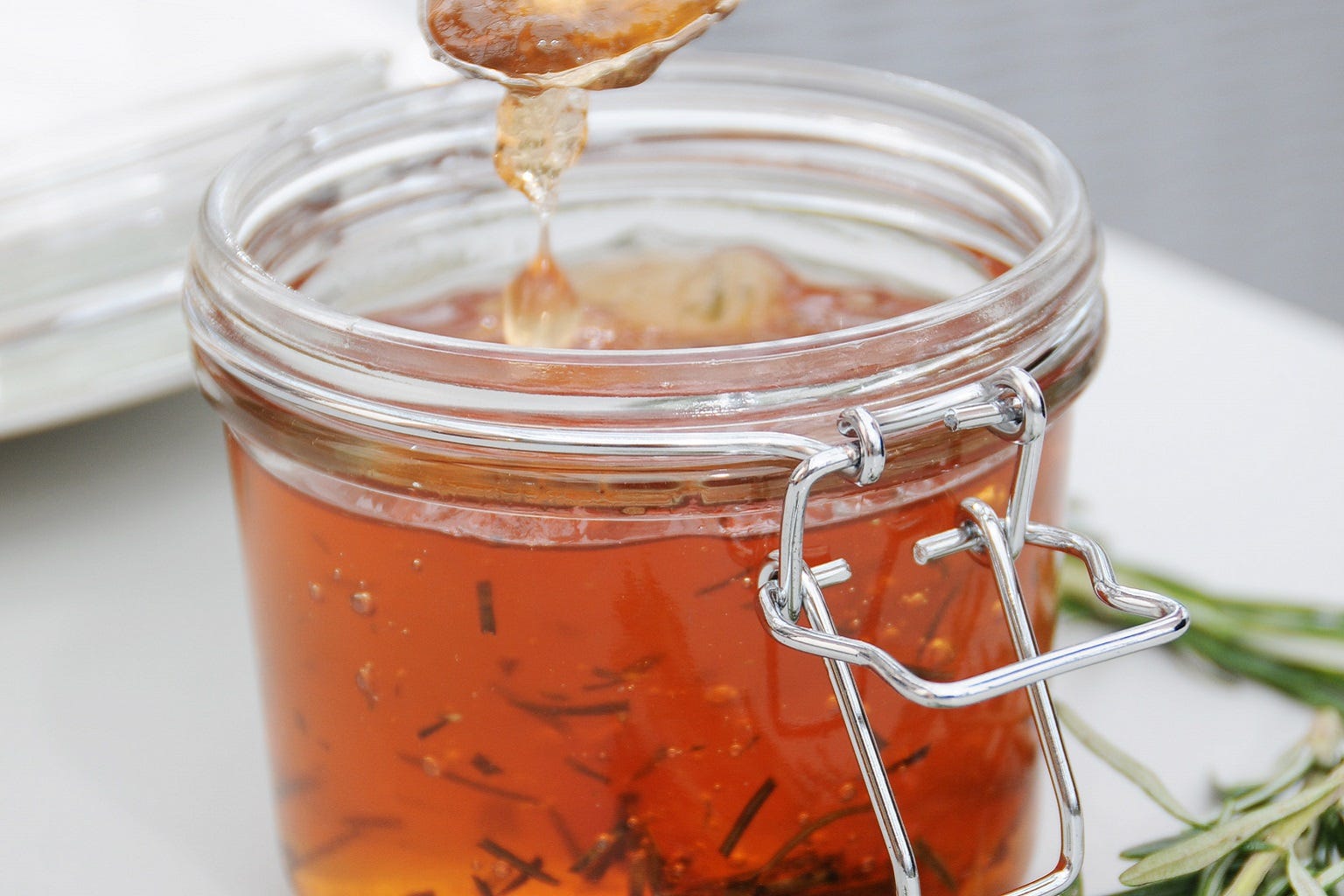

Jelly
Recommended shelf life: 6 months (once opened, store in the fridge and consume within 2 weeks).
Jelly is a cooked mix of fruit and sugar which is strained to give a clear liquid. Jellies are best made using fruits which contain high levels of both pectin and acid. A jelly should be solid, easy to cut with a knife but also spreadable.
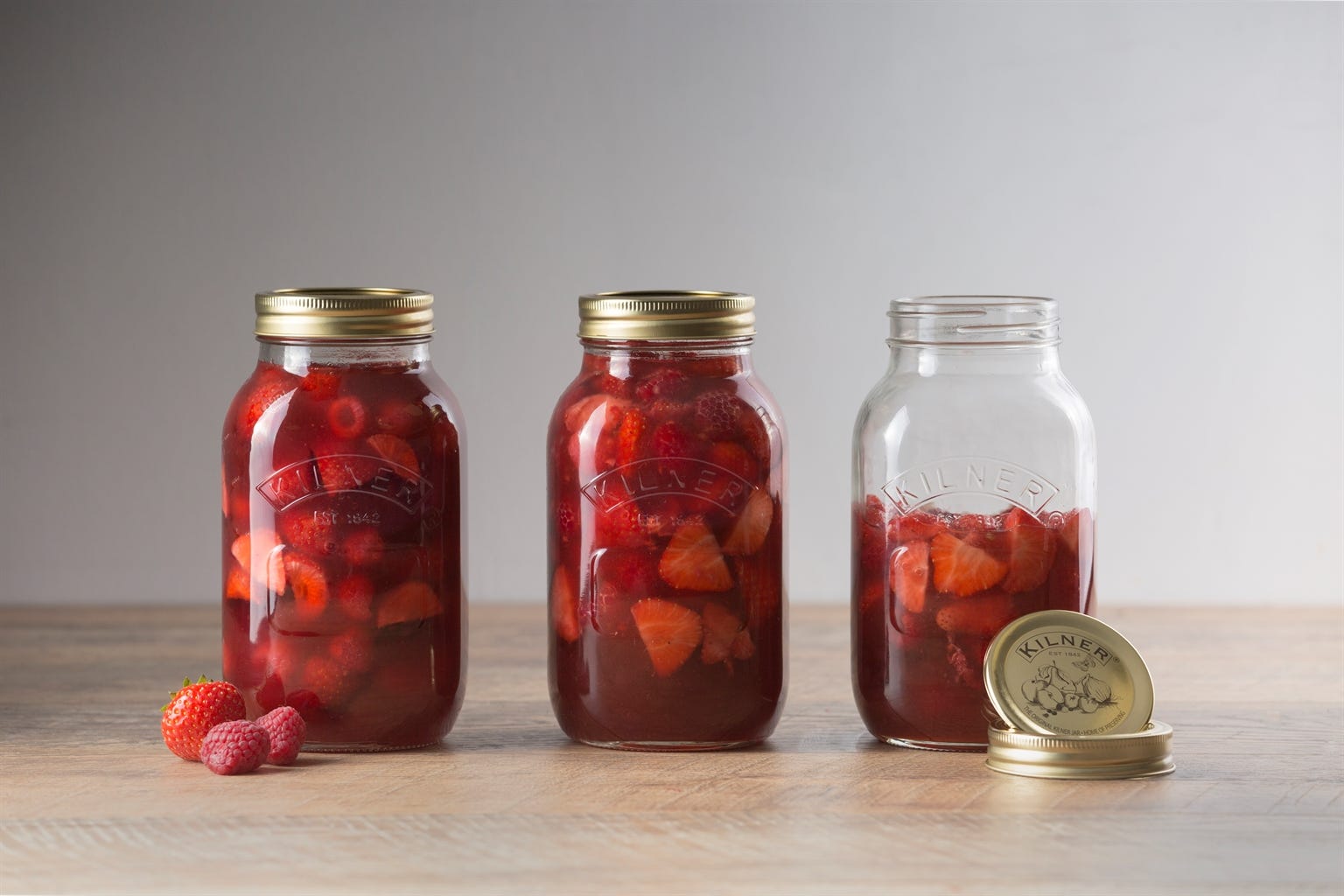

Preserves
Recommended shelf life: 6 months (once opened, store in the fridge and consume within 2 weeks).
Preserves are a cooked mix of fruit and sugar where the fruit is left in large pieces. Aside from the size of the fruit preserves are the same as jams. To be able to call your mixture a preserve the fruit must not be mashed, crushed or in small pieces. Small whole fruits such as berries are often used when making preserves.


Conserves
Recommended shelf life: 6 months (once opened, store in the fridge and consume within 2 weeks).
Conserves, commonly referred to as ‘posh jam’ because of the high fruit content are a cooked mix of fruit, sugar, nuts, raisins, dried fruit and spices. A conserve will have a similar texture to jam, firm but spreadable. The most common conserves will contain a mix of more than one fruit along with some citrus.
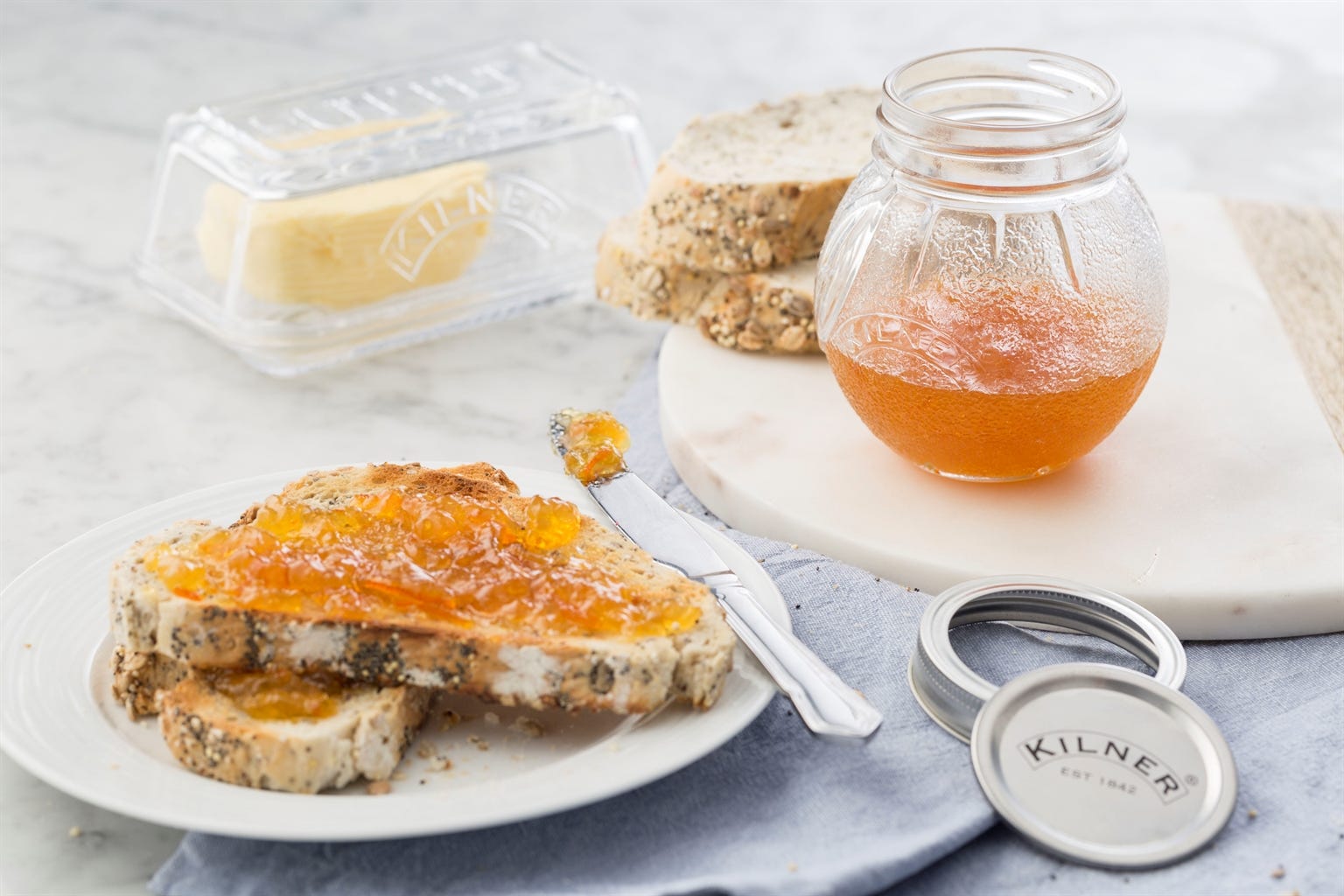

Marmalade
Recommended shelf life: 6 months (once opened, store in the fridge and consume within 2 weeks).
Marmalade is a cooked mix of fruit, commonly citrus, and sugar. The citrus fruit is peeled then the peel needs long, slow cooking to soften it before adding the sugar. The consistency of marmalade is in between a jam and a jelly where small pieces of citrus are suspended in a jelly mixture. The most common citrus fruits used are lemon, orange, lime or grapefruit.
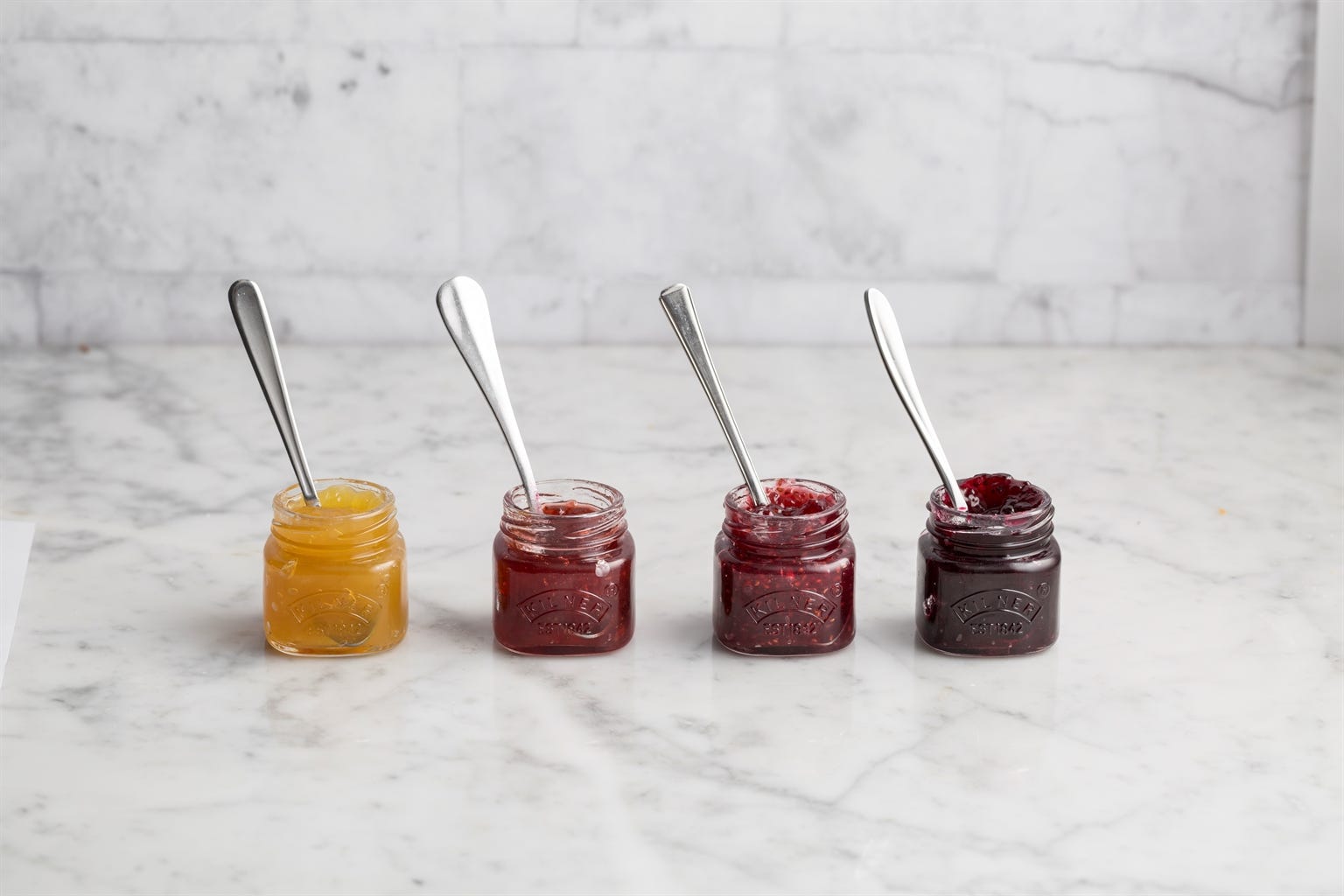

Fruit Butters
Recommended shelf life: 6 months (once opened, store in the fridge and consume within 2 weeks).
Fruit Butters, so called because they are a soft spread like butter, are a mix of pureed cooked fruit which is then added to sugar and heated gently until smooth. Fruit butters have lower sugar content than jam and are best consumed shortly after making.
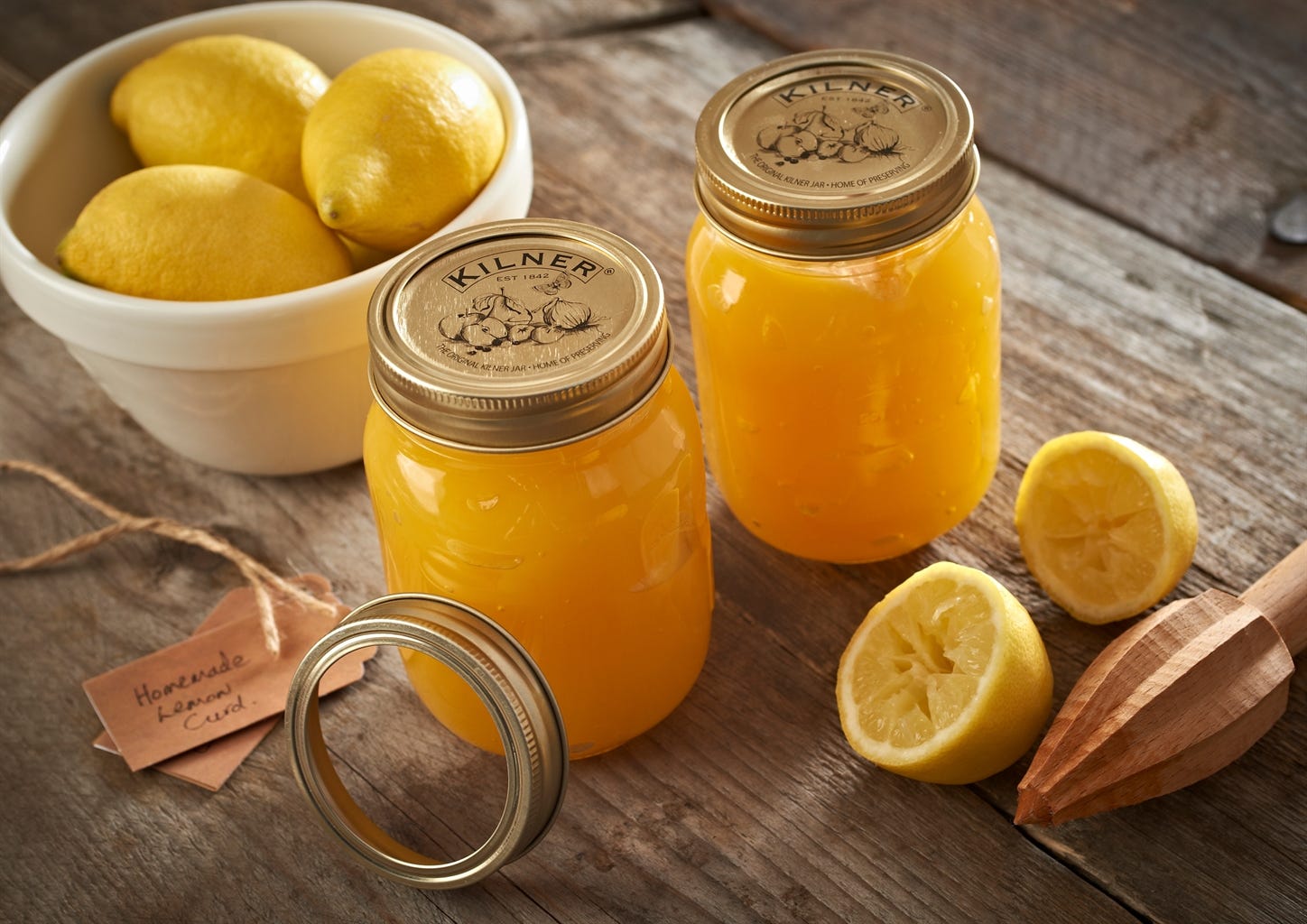

Curds
Recommended shelf life: 1 month, needs refrigerating after opening
Curds are a mix of citrus fruit, sugar, butter and eggs which are cooked to make a smooth, thick, creamy spread. Due to curds containing eggs they need to be kept in the fridge. Curds are best enjoyed soon after making because their flavour diminishes over time.









